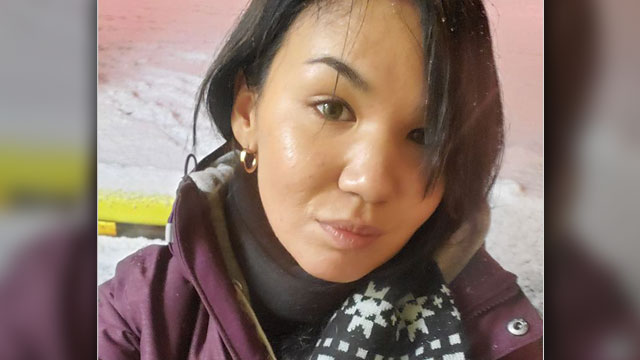Brittany Hobson
APTN News
The Indigenous music industry is contributing to Canada’s economy in a big way – to the tune of $78 million last year, according to a recent study published by APTN.
The study, which is a first of its kind, was launched to provide a comprehensive view of the challenges, barriers and successes people face in the industry.
Hundreds of people in the Indigenous music community – from artists to promoters to industry insiders – were surveyed online and through group discussions.
A key message from the study is “the Indigenous music community is thriving yet the Indigenous music industry (Indigenous-owned, Indigenous-directed music companies and supporting organizations) is in its infancy.”
 Vince Fontaine is a musician and producer based in Winnipeg. (Brittany Hobson/APTN)
Vince Fontaine is a musician and producer based in Winnipeg. (Brittany Hobson/APTN)
Vince Fontaine is a veteran in the music world and has seen the progression of the industry. He has spent the past 20 years touring and performing with his groups Eagle and Hawk and Indian City.
Prior to this, Fontaine spent a decade playing shows in Winnipeg clubs.
A wider audience
At that time this was often the only way Indigenous musicians could play their music for a wider audience.
“We didn’t see a lot of artists recording. The recording industry was not something we were able to do because the industry was different…record companies were really, we thought, in a sense out of reach,” Fontaine told APTN from his home in Winnipeg.
Fontaine credits Indigenous radio stations in communities for opening up the idea artists could get their music on the airwaves.
Fontaine knows the wealth of Indigenous talent is there but was surprised to learn the size of the dollar amount the community contributed in 2018.
“That’s something to be proud of and something that we got to take note of as a body of people in industry,” said Fontaine. “We’re really making a contribution and there’s something significant about that.”
Some key findings include:
– The industry supports more than 3,000 full-time positions across the country.
– On average artists performed at 23 live events or shows over the last 12 months.
– More than a quarter of artists perform or record music in an Indigenous language.

Inuit singer-songwriter Kelly Fraser (Facebook).
Kelly Fraser is one of the artists to perform in her traditional language.
The Inuk singer-songwriter, who is from Sanikiluaq, Nunavut, got her start six years ago covering pop songs in Inuktitut.
She has since released two albums but pursuing her dream career required some tough decisions.
“I had to move to the city to be able to try and attempt to become a full-time musician,” Fraser said in a phone conversation with APTN.
The study found geographic location was a major challenge for musicians from remote communities due to travel costs and limited resources.
Funding and promotions
Another barrier is access to funding and promotions.
Fraser has recently launched a Kickstarter campaign to help market her newest album Decolonize.
“It’s very expensive to create and publicize…to hire a very good team of people to promote it on the radio…places where I don’t have access to I have to hire other people,” Fraser said.
Alan Greyeyes, director of the sākihiwē festival in Winnipeg, said Indigenous music organizations are also strapped for cash.
“I think this study will go a long way in helping organizations like ours, younger organizations, access the same support that our Canadian counterpoints have,” he said.
The report suggests an Indigenous music organization could break down some of the barriers.
“We definitely need a national voice,” Greyeyes said.
“We need somebody speaking to the Canadian Radio-television and Telecommunications Commission, we need somebody speaking to Canadian Heritage, Canada Council for the Arts. We need representation at all of those levels.”
Read the full report here.
@bhobs22









